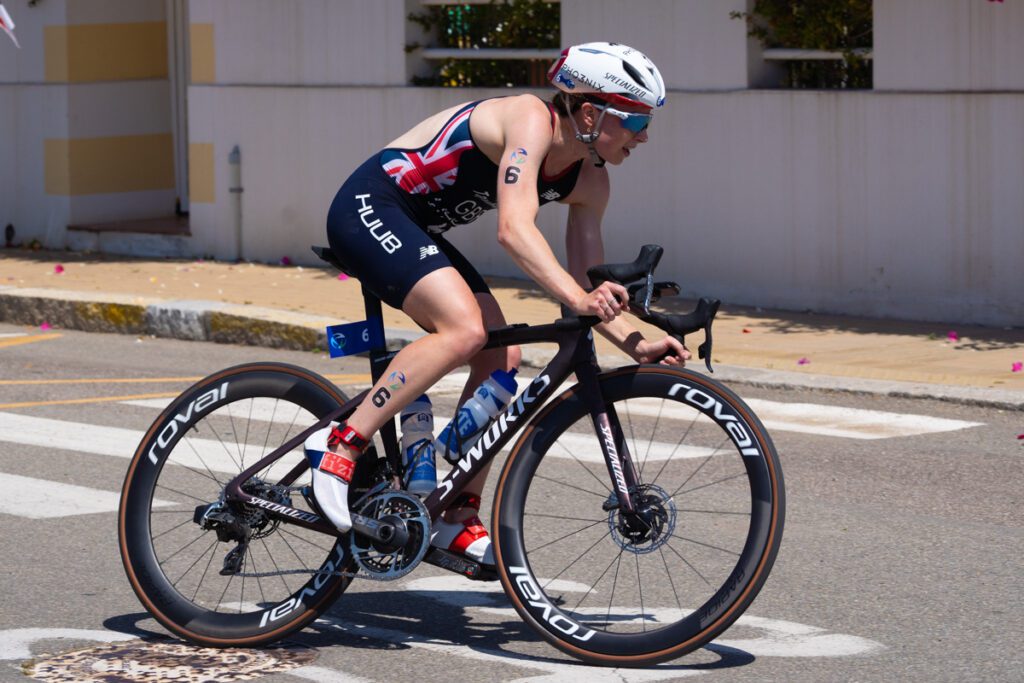5 Things we learned from WTCS Cagliari … in words and pictures
This weekend's race in Sardinia provided some great insights into who's hot, and who's not, in the world of Olympic triathlon
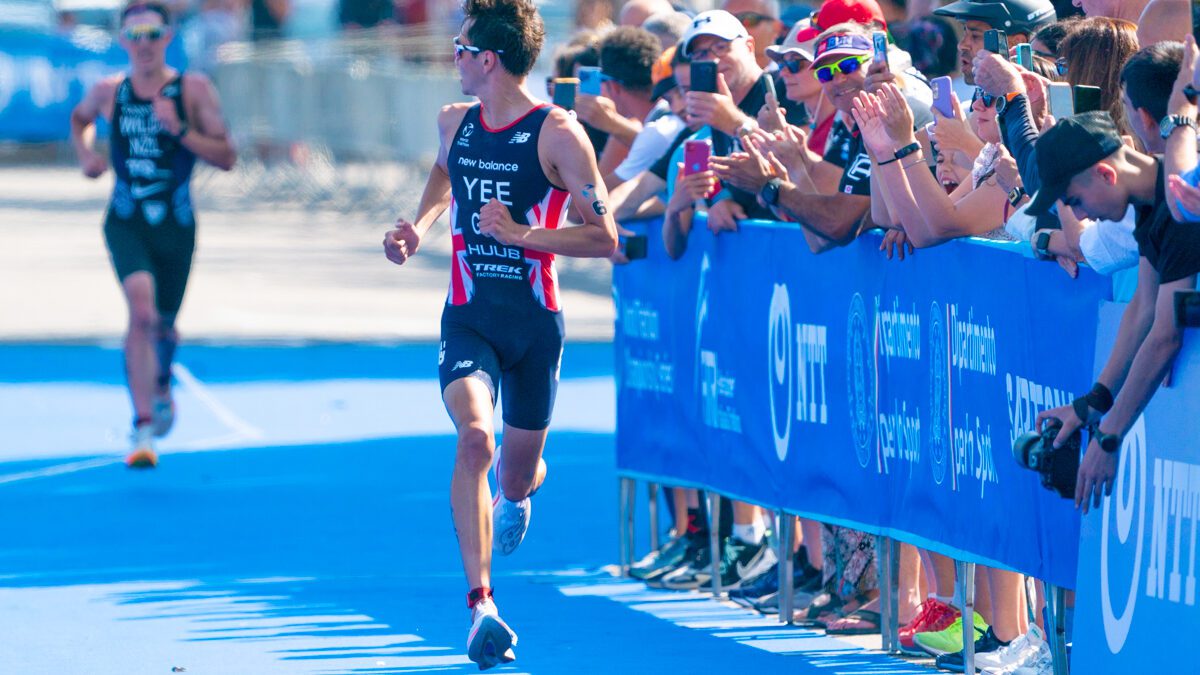 Photo by:
Kevin Mackinnon
Photo by:
Kevin Mackinnon
Who would have thought that a World Triathlon Championship Series (WTCS) race in Sardinia would turn out to be a harbinger of what we’re likely to see through the rest of the year when it comes to short-course racing. The race turned out to be a “welcome back to the top” moment for women’s champ Georgia Taylor-Brown, while the men’s race served as a reminder of who exactly are the men to watch right now in the lead up to the Paris Olympics.
1. The start was a make or break part of the day
While the waves and wind weren’t as strong for the women’s race, getting out into the water turned out to be a huge factor in the race. In both the men’s and women’s races, the podium was decided between athletes who were in the first group onto the bike. We saw a couple of the sports superstars struggle in the water, too, which led to surprising DNFs (more on that later).
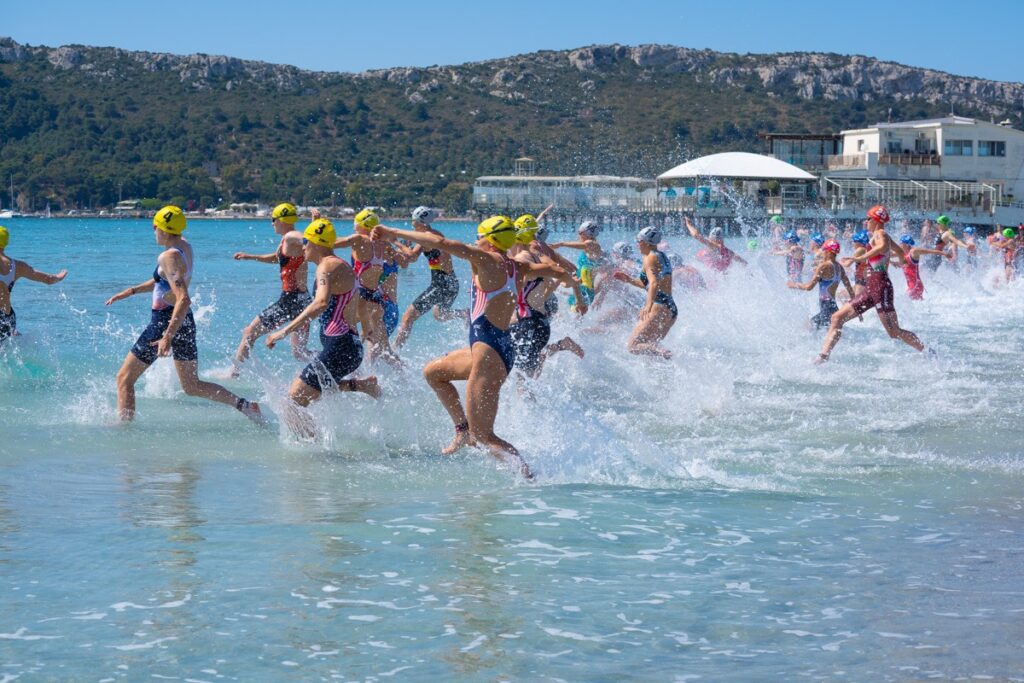
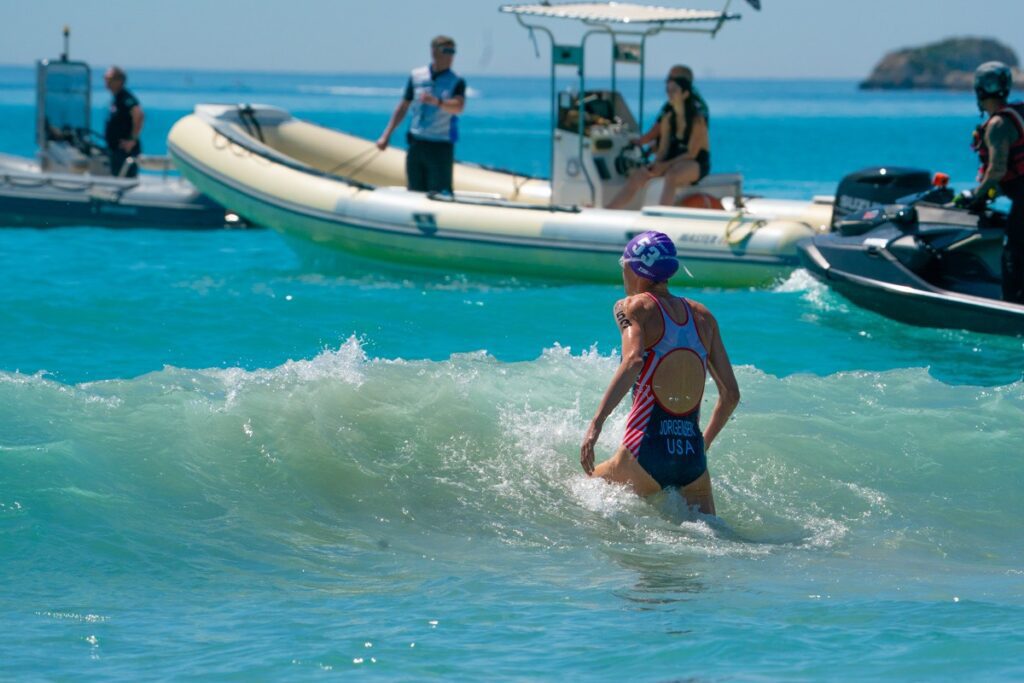
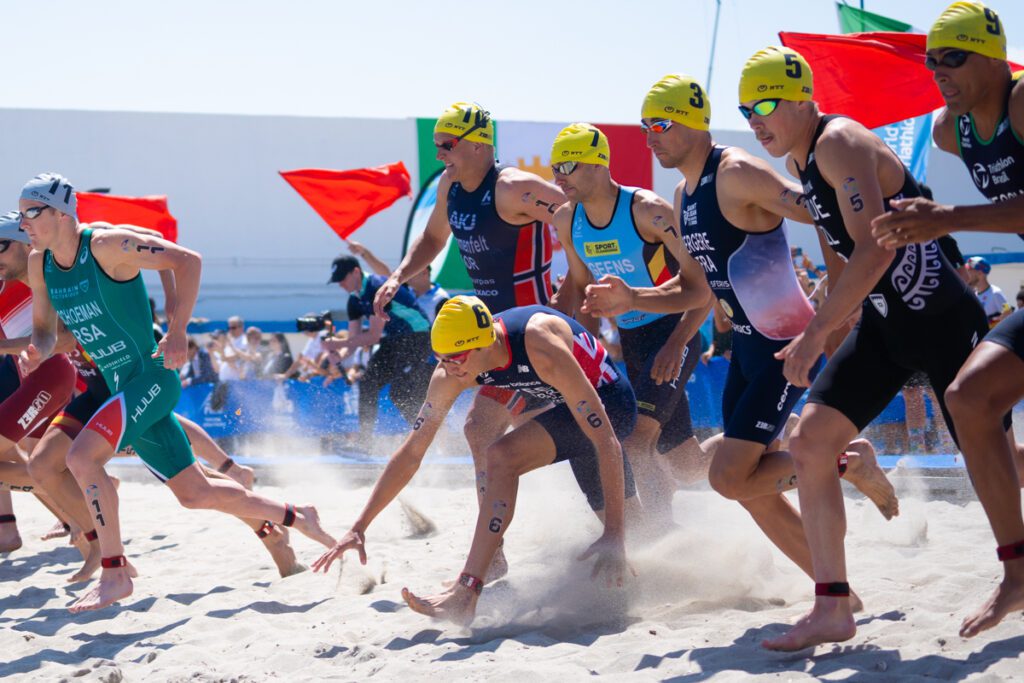
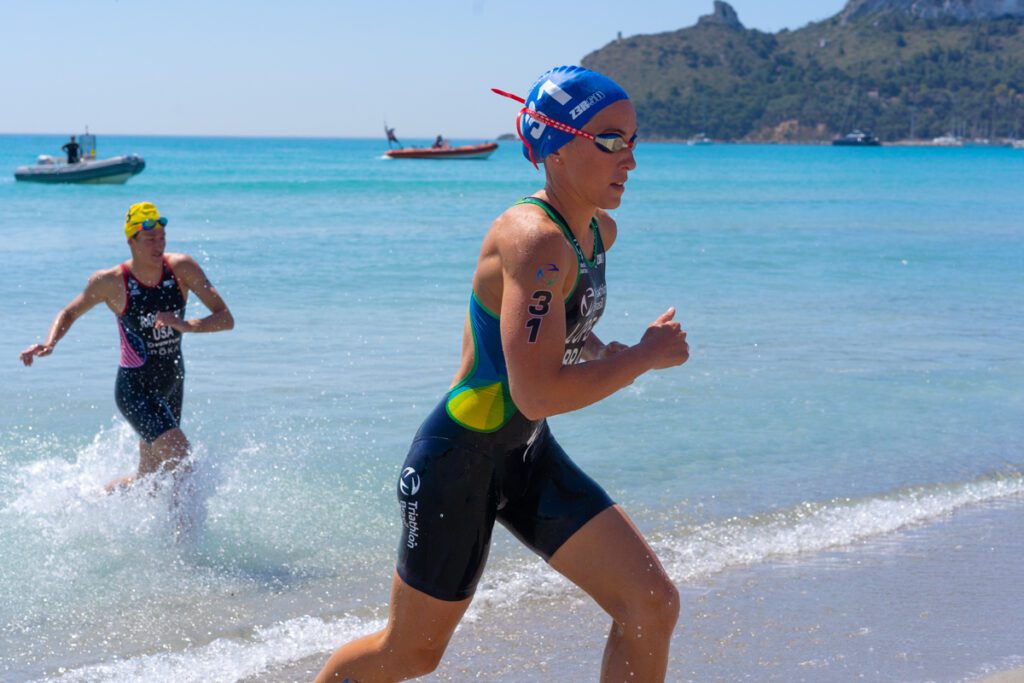
2. Getting into the lead pack, then riding aggressively, is key if you want to win (or make the podium)
Once out of the water, a lead group of six formed in the women’s race including Lopes, Emma Lombardi (FRA), Maya Kingma (NED), Taylor Spivey (USA) and Georgia Taylor-Brown (GBR). The group worked so well together that they were able to turn a break of 18 seconds during the first lap of the bike to 1:22 seconds by the end of the 10-lap, 38 km bike course.
There was a bigger group of 24 who got clear early in the bike in the men’s race, which included many of the pre-race favourites. Some who didn’t make that group, though, included Olympic gold medalist Kristian Blummenfelt and Jelle Geens. In the end the chase group would hit T2 1:20 back.
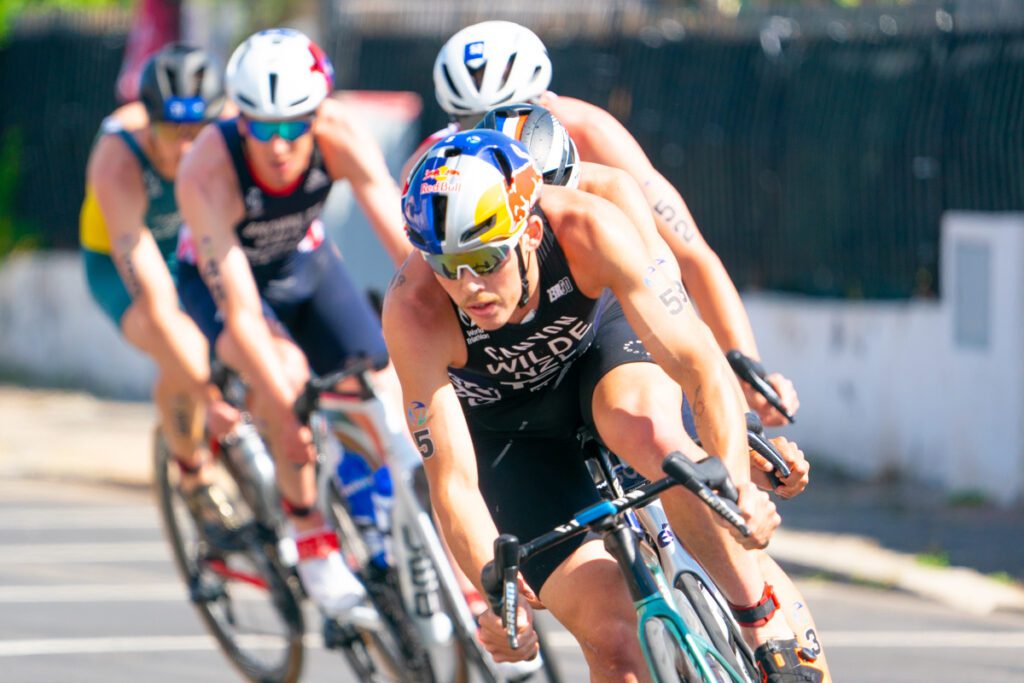
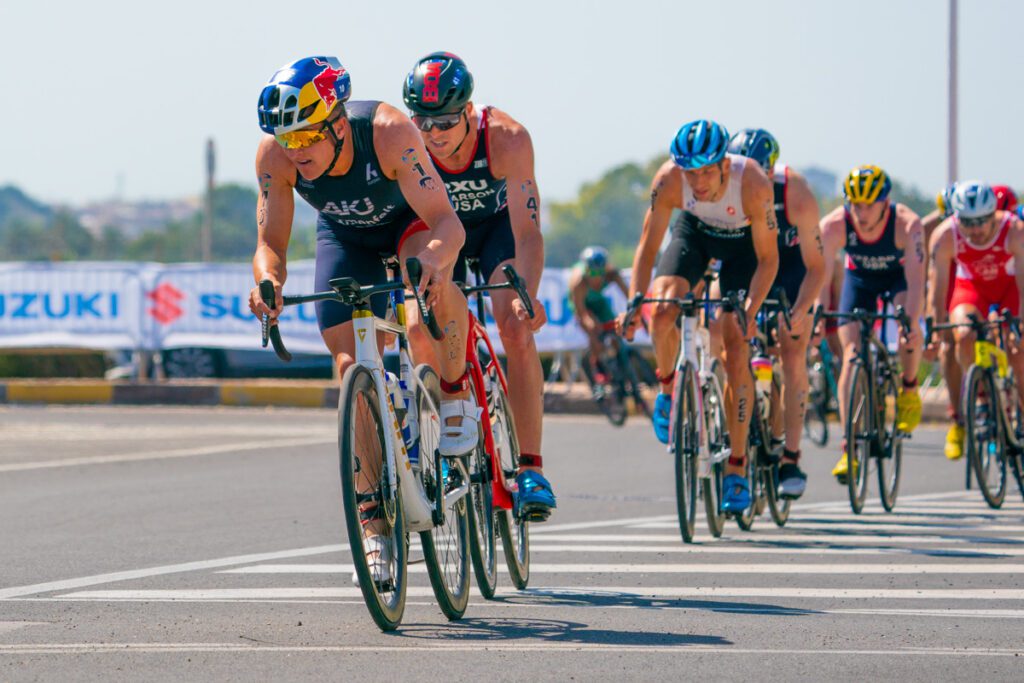
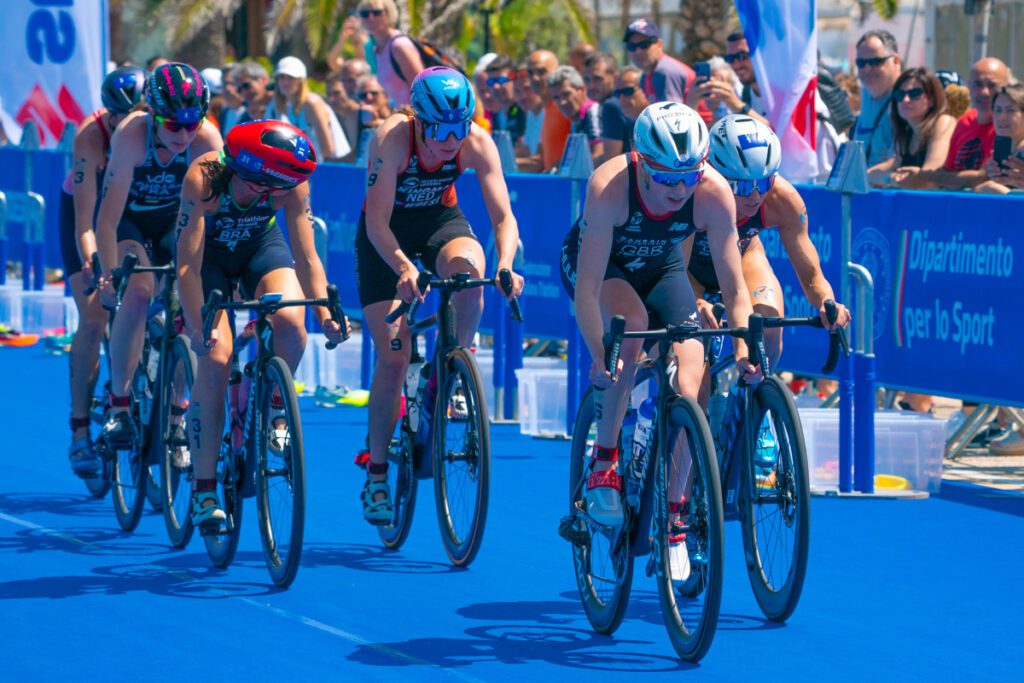

3. Run your way to the podium
Both the men’s and women’s races featured exciting duels between the top two. Georgia Taylor-Brown and Emma Lombardi would quickly run clear of the rest of the women, with Taylor-Brown finally pulling away during the last lap to take the win. American Taylor Spivey managed to hang on for third, holding off the fast-running Cassandre Beaugrand (who had the fastest run split of the day – 32:25, which was 20 seconds faster than Taylor-Brown’s split).
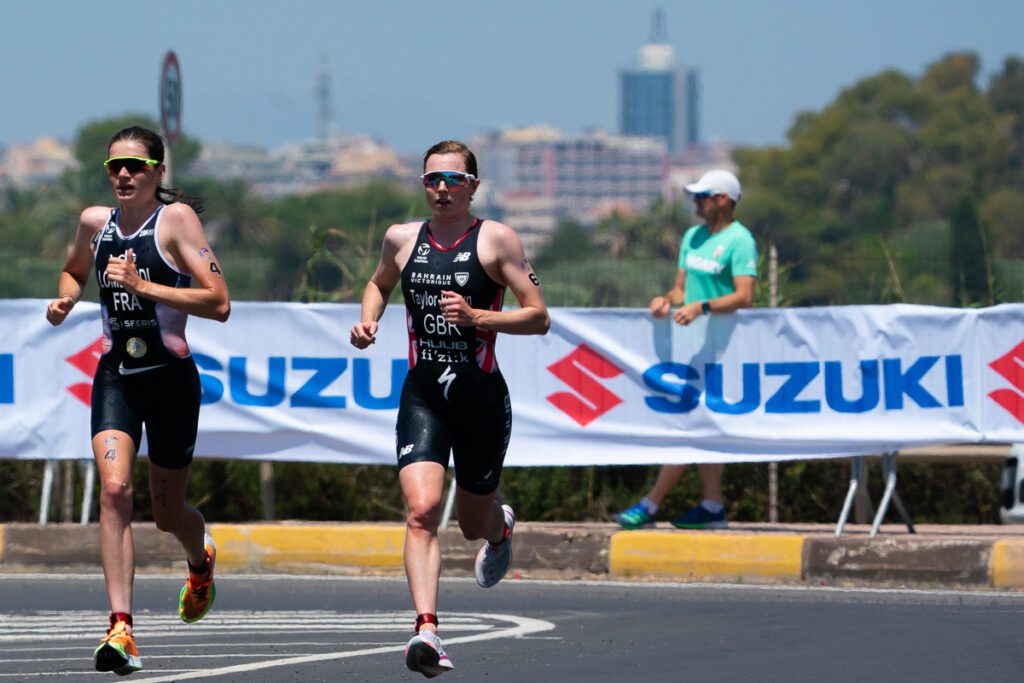
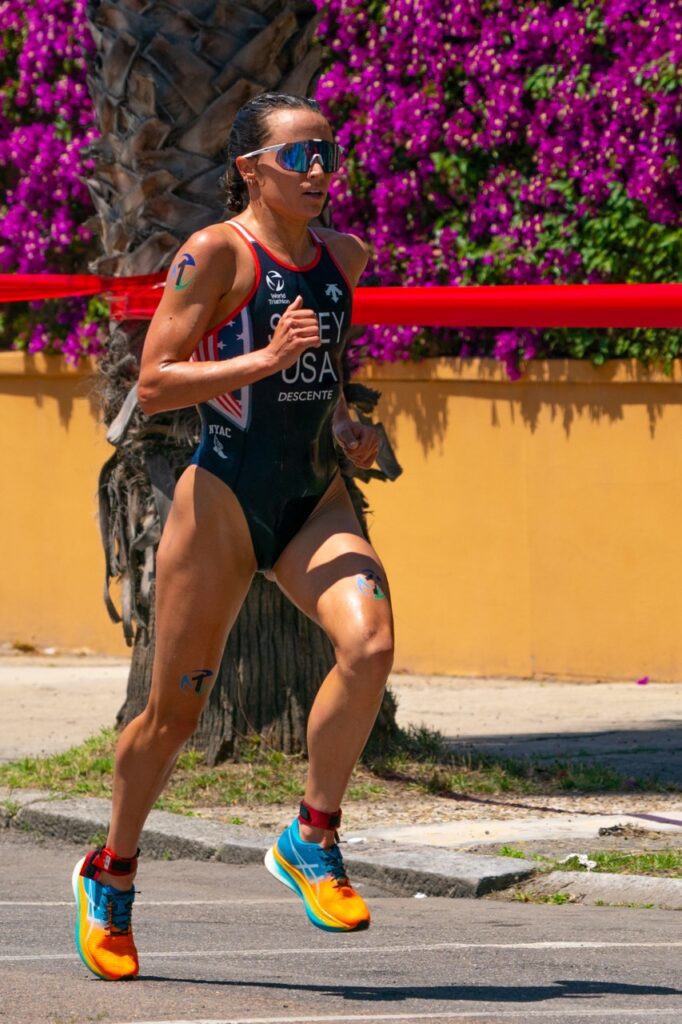
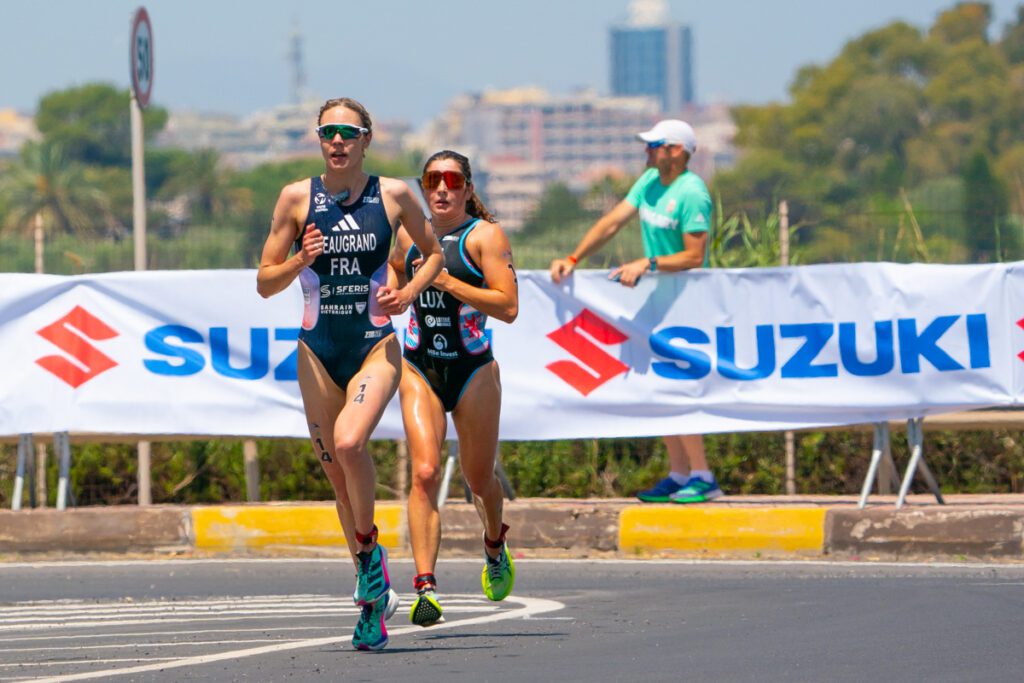
In the men’s race it was Alex Yee (GBR) and Hayden Wilde (NZL) who would prove to be the class of the running field. While the run course was likely between 250 and 300 m short, their splits were still impressive – 28:31 for Yee, 28:35 for Wilde. While we can’t be sure of the course measurement, it is to see just how much the two separated themselves from the rest of the field – the next fastest split was third-place finish Leo Bergere (FRA), who went 29:11.
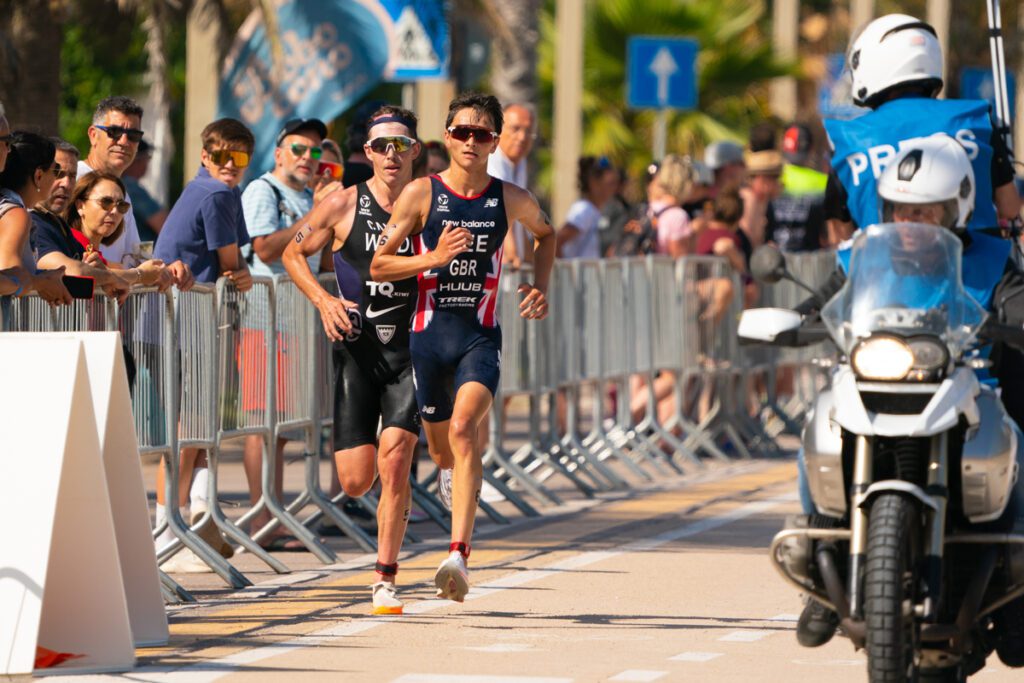
4. Cagliari served as a wake-up call for a few of the sport’s legends
There was a who’s who of the sport who ended up either on the DNF list of the race. As mentioned earlier, 2016 gold medalist Gwen Jorgensen was well back after the swim and, while she fought gamely in a group of four on the bike, was lapped out of the race by the halfway point of the bike.
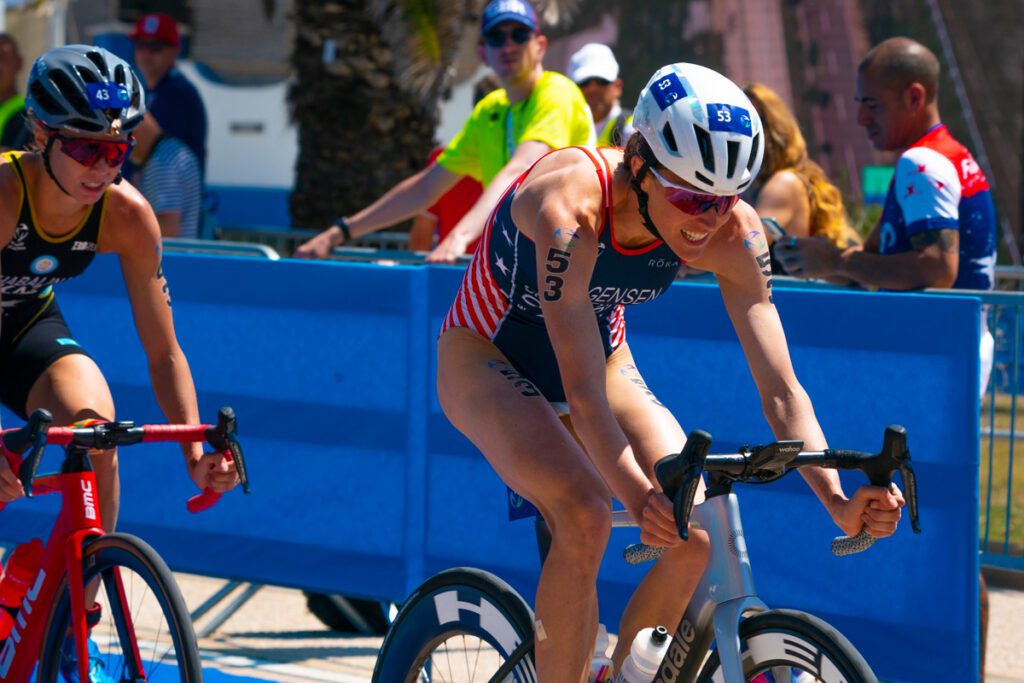
Three-time world champion Mario Mola was injured for much of last year. He won the world duathlon title earlier this month in Ibiza, but was so far back after the swim in Cagliari that he didn’t get on the bike. Another big name, Richard Murray, would come out of the water well back and push hard on the bike to try and get back in the mix, but would also
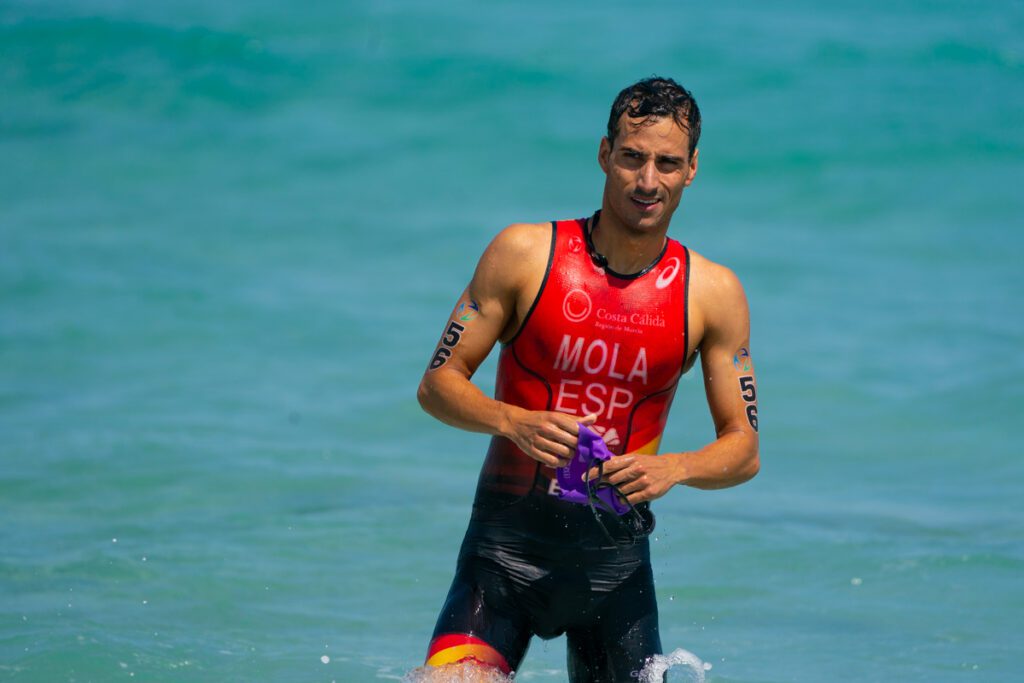
Gustav Iden’s struggles to make the transition back to draft-legal racing continue as well. He would finish 42nd after trailing the leaders out of the water by 44 seconds and finding himself in a small group of four for the entire bike.
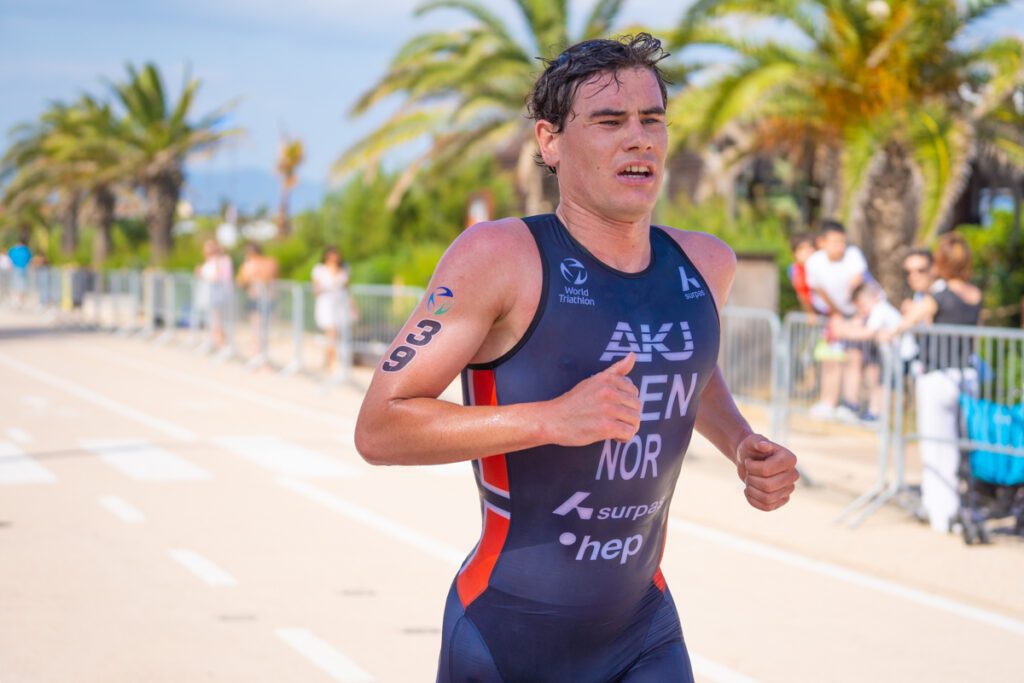
Jonathan Brownlee, the only person to have won four Olympic triathlon medals, was also well back in the race – he would fade to 34th. (Henri Schoeman, who took bronze behind Brownlee in Rio in 2016, fared a bit better in Cagliari, he finished 30th.)
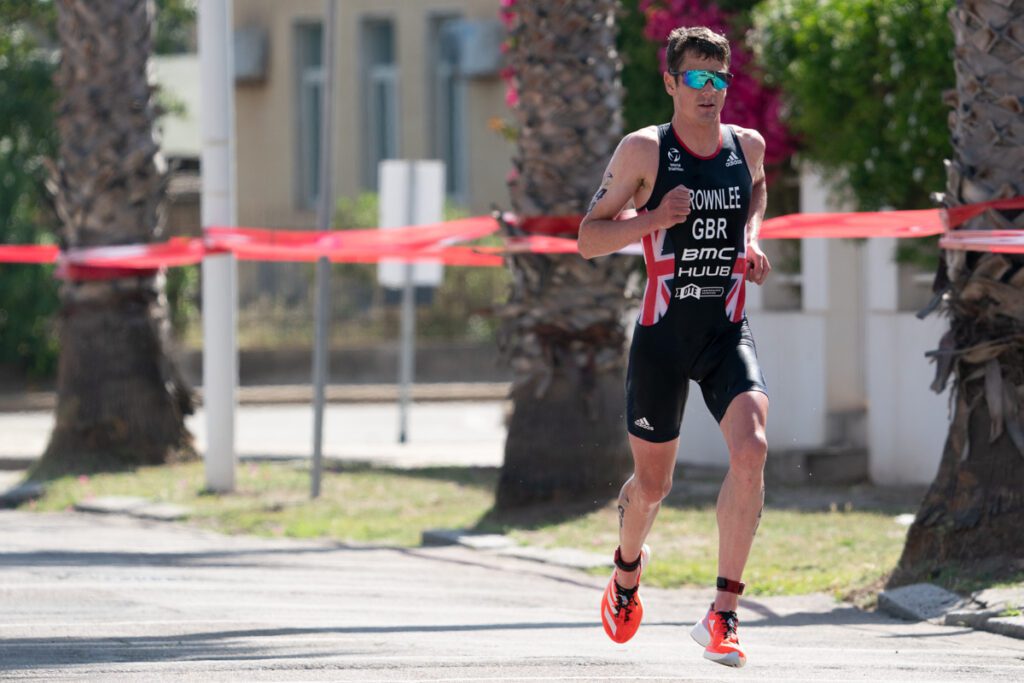
5. The Olympic favourites are stepping up
We’re still well over a year out from the Olympic triathlon in Paris, but the stage is being set for the way things are likely to play out. Being in the lead group, riding aggressively, then finishing the day with a dominant run appears to be the winning formula. While we are still waiting to see the likes of Flora Duffy and Vincent Luis step into the mix due to their injuries, as long as their healthy they have both proven that they have the key components to win in that style of racing.
For now, though, the race in Cagliari signalled that Yee and Wilde are the dominant players in men’s draft-legal racing. Like the Brownlee brothers did leading up to the 2012 and 2016 Games, they are setting the stage for an unbeatable race strategy.
Face it, Alex Yee and Hayden Wilde are the kings of draft-legal racing right now
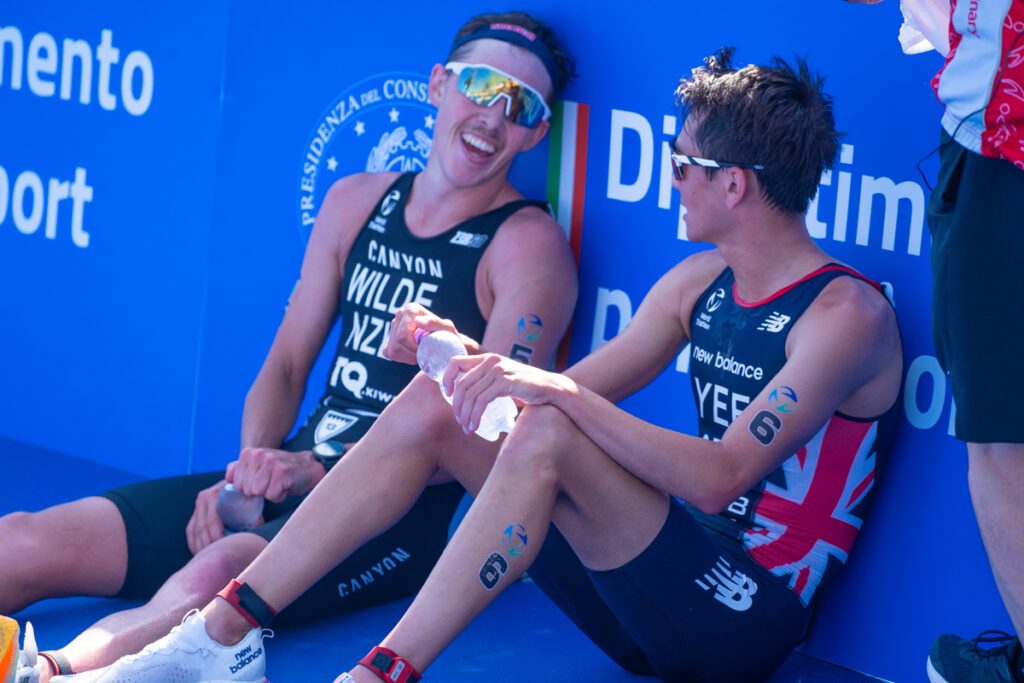
It will be interesting to see if defending gold medalist Kristian Blummenfelt can regain the swim and run speed he’ll need to take another gold next year.
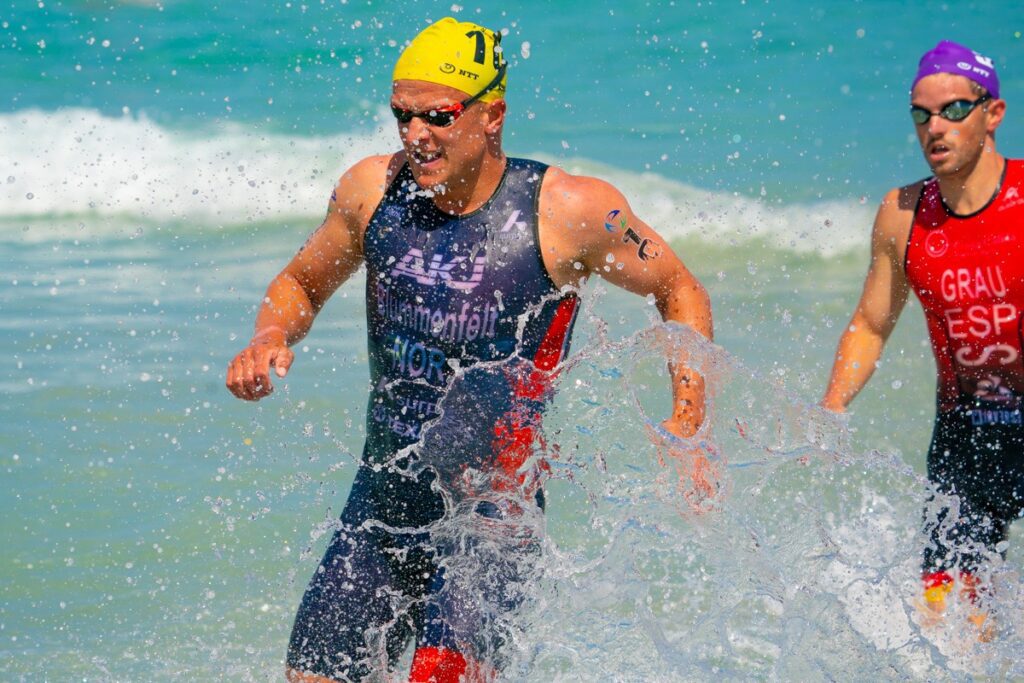
It will also be interesting to see if the French team, which has, without a doubt, the biggest depth-chart on the men’s side of the sport, can raise their level enough to compete with Yee and Wilde for the top of the podium. Even without two-time world champ Vincent Luis in the mix, the French team finished third, fourth and fifth in Cagliari.
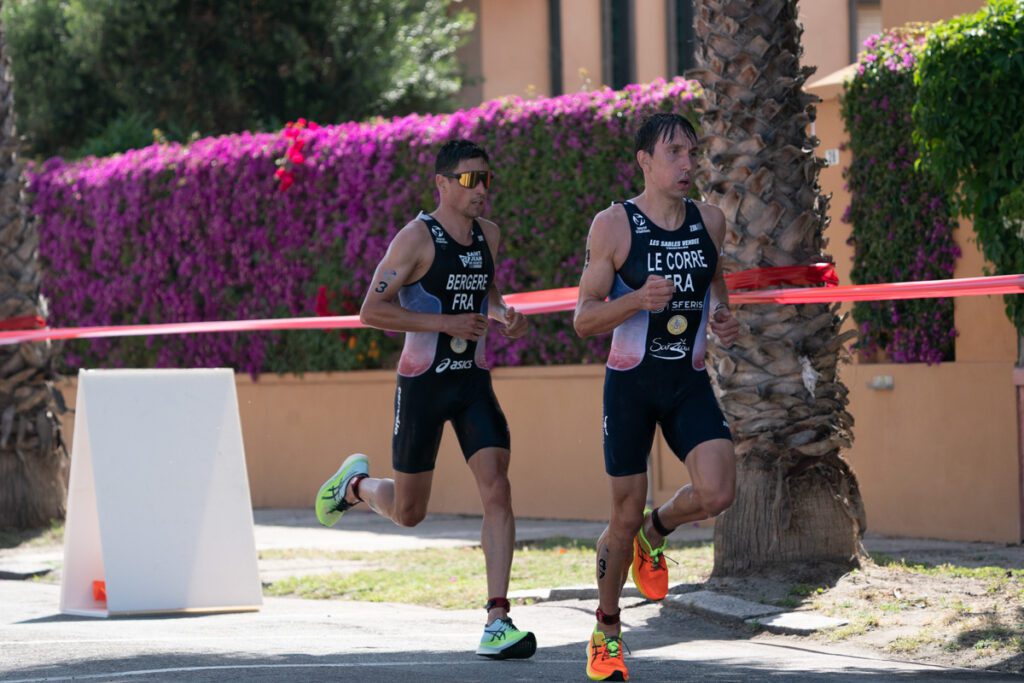
For the women, the return to the top of the podium for Georgia Taylor-Brown signals that, once Flora Duffy returns to the mix once she is over her injury, the race format will likely remain the same – a fast swim followed by a dominant group on the bike, all of which will be followed by a speedy run. All the top women are setting themselves up to be able to compete in that race scenario. While we didn’t see Brit Sophie Coldwell or American Taylor Knibb in Cagliari, they’ll likely be part of that lead group at the next WTCS race.
